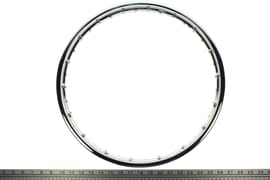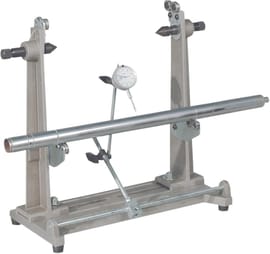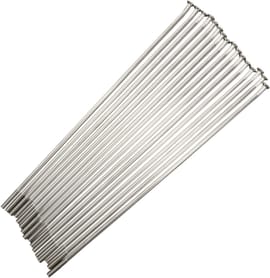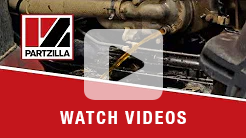How Traction Control Works on a Motorcycle
Horsepower has ratcheted up among the manufacturers of performance bikes, making traction control a near-necessity. Depending on road conditions, speed, tires and turning radius, limitations exist for available traction on a motorcycle.
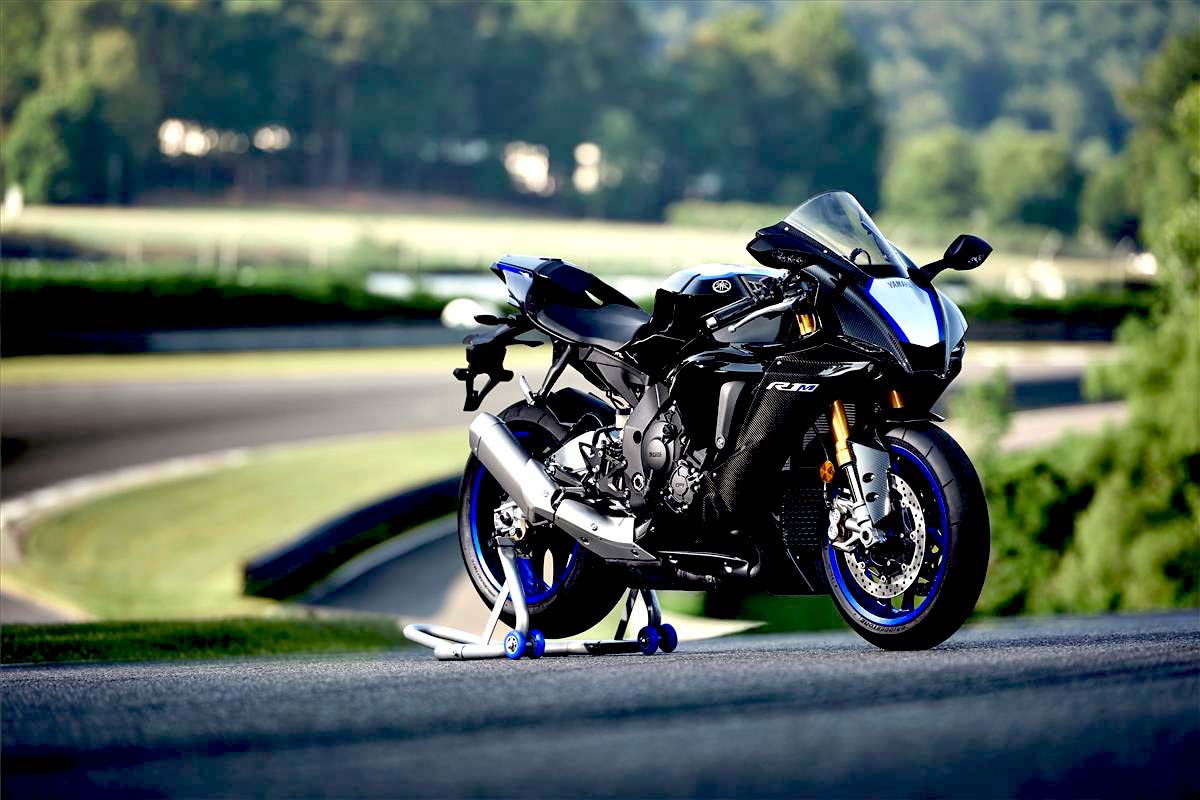
To have an effective traction control system, the motorcycle needs a way to understand that the rear wheel is slipping. That’s where anti-lock brake sensors come in. Anti-lock brake sensors allow the ECU to know when the rear wheel is suddenly spinning faster than the front wheel, indicating that the rear wheel is slipping.
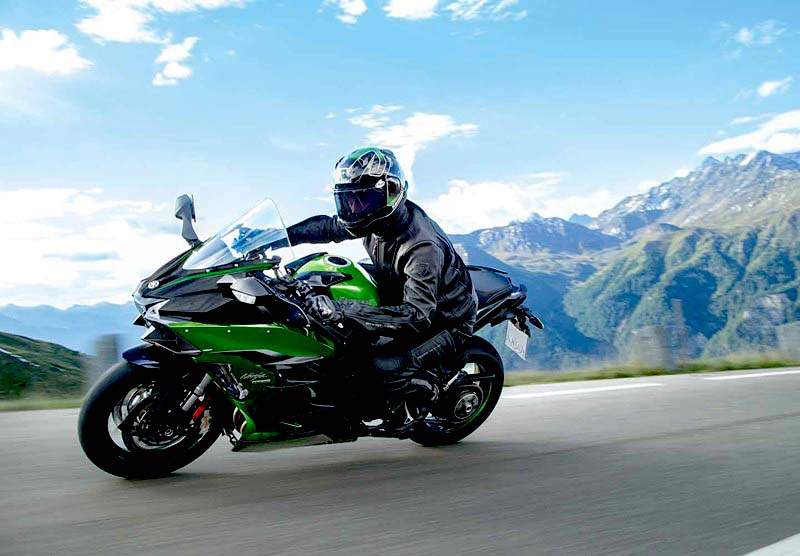
The ECU then takes this information along with the power being delivered from the engine and (depending on the manufacturer) takes one of these responses to get the rear wheels to hook up again:
- Retard ignition timing
- Shut down the fuel supply to one cylinder to precipitate a misfire
- Electronically adjust the throttle on motorcycles with electronic throttle control
Some manufacturers got beyond wheel sensors to build a more complete picture of the motorcycle’s condition during wheel slip. Accelerometers can be used to feel out the motorcycle’s lean angle and whether it’s accelerating or not, which allows for more robust traction control during launch or to control wheelies.
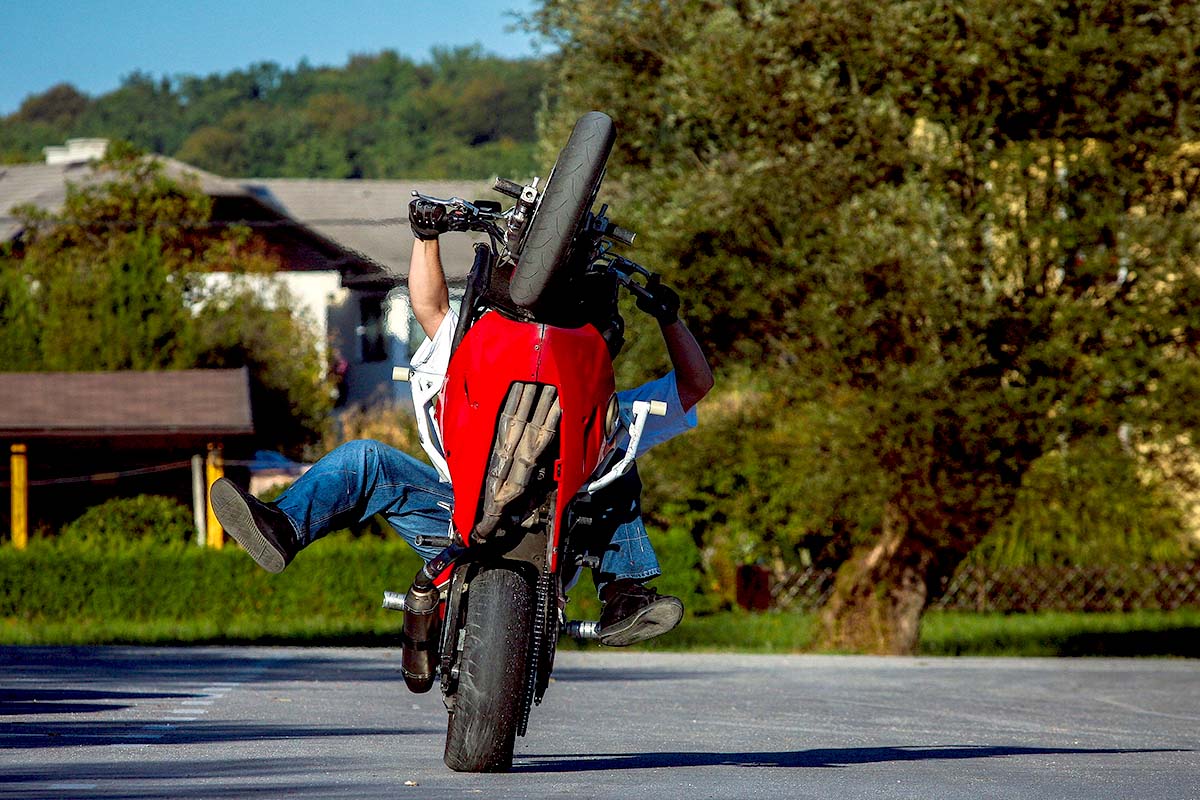
Aftermarket traction control systems might take a completely different approach. They may flag RPM spikes relative to throttle position and speed as a sign of wheel slip.
How to Ride with Traction Control on a Motorcycle
If your motorcycle’s ECU is handling any sliding, you should pin the throttle and let the ECU feather the power to keep the bike under control, right? Well, not exactly.
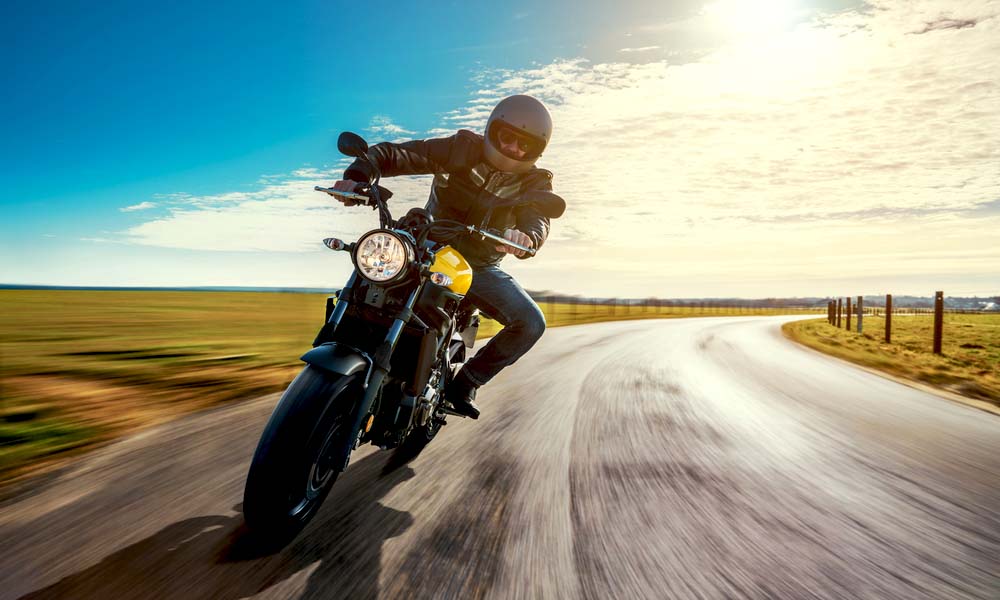
When you open the throttle up, the traction control has to completely open its toolbox to arrest the spinning back wheel. It can actually slow you down. The better play is to lead the system a little. For example, if you’ve got the throttle 50% open and it causes the traction control to kick in, give the bike a little more throttle to keep the system engaging and controlling wheel spin.
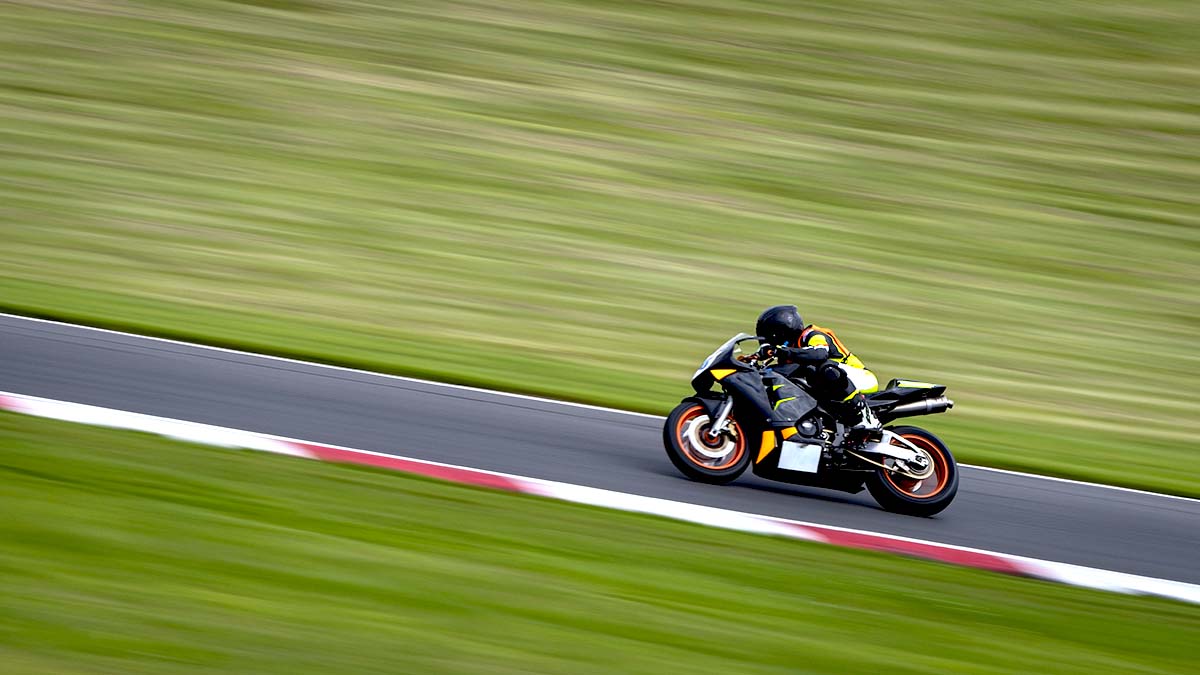
Keep the throttle just ahead of what kicks the traction control into work. This gives you the advantage of using the traction control and keeping a positive throttle feedback so you can get the most out of the corner.
